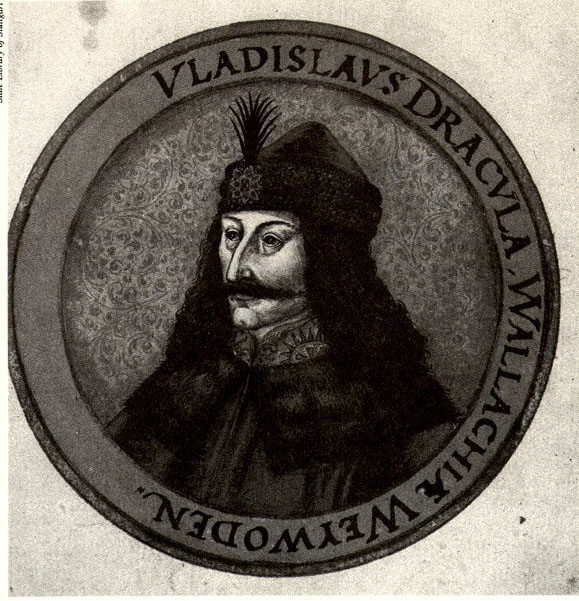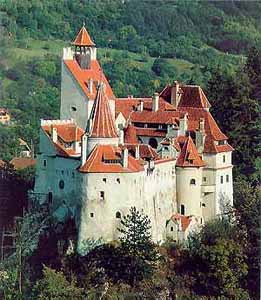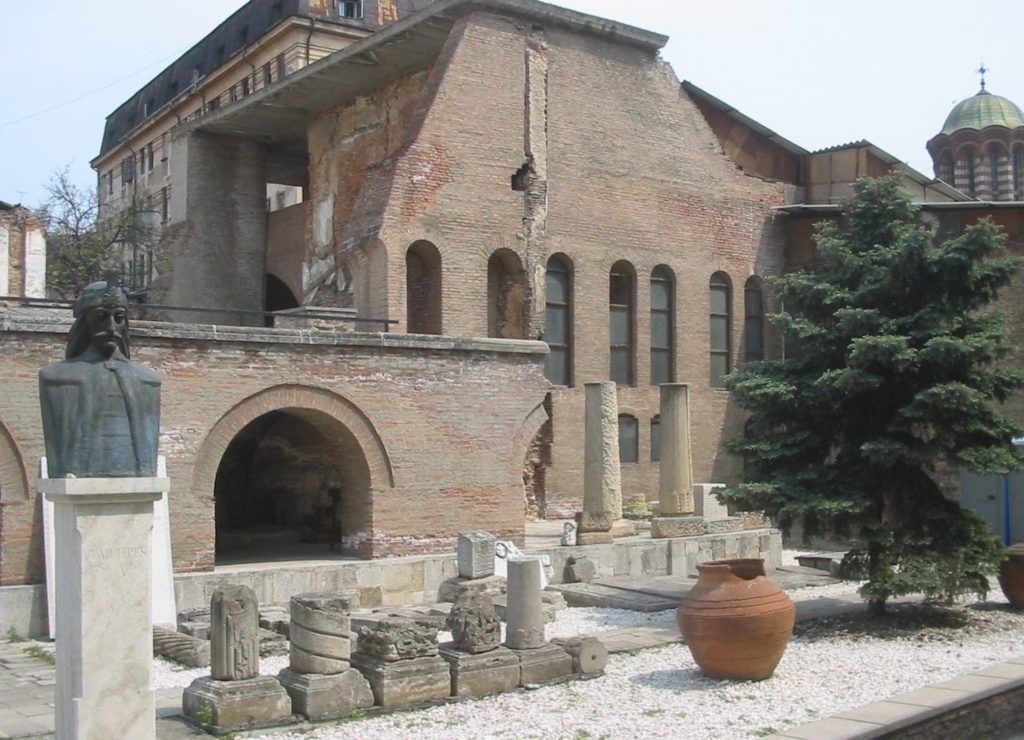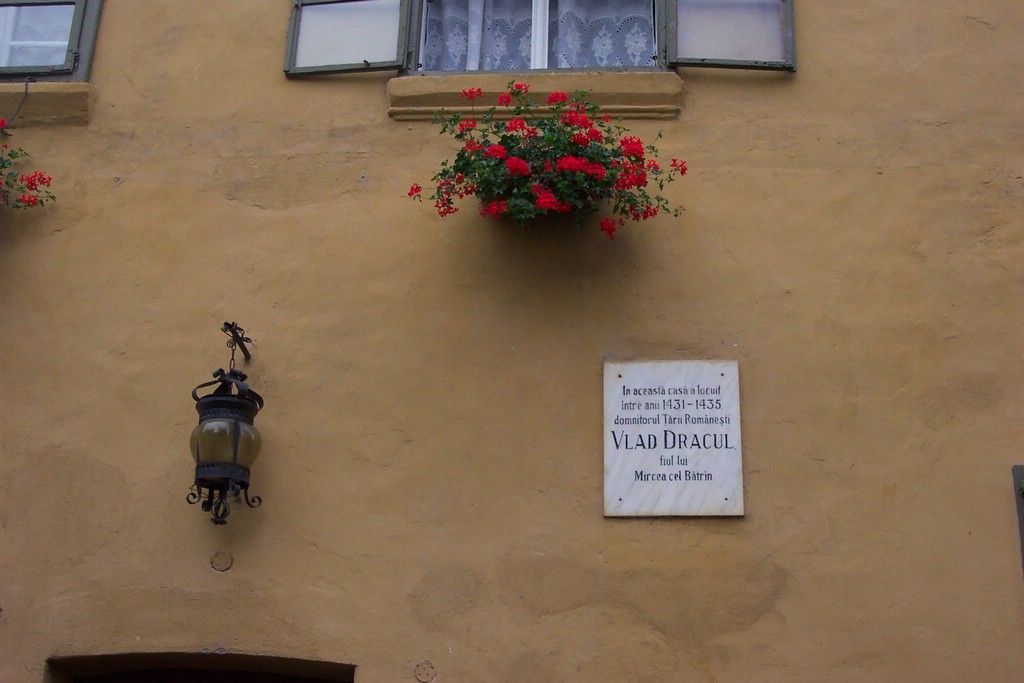The region now known as Transylvania was formerly inhabited by the Dacians. This people was conquered by Rome between 101 and 105 AD, the period when the Dacians became Romanians. This region is located just beyond the Carpathians and it is very close to the Black Sea. After being conquered by the Romans, there was a massive phenomenon of immigration to this area, and it was precisely some of the first Latin-speaking settlers who moved there, calling it the land “trans silva”, that is “beyond the forest”, due to the wild, luxuriant and evocative nature of the landscape.
Because of its geographical location (between the sea, the territories of the Ottoman Empire to the southeast, and the hordes of barbarians to the northeast), this area was very vulnerable to invasions, so that the birth and spread of superstition among the Romanian people became a kind of defense against the horrors of war, famine, disease and all the other “evils” resulting from the invasions: the Turkish invasions involved burning villages and fields, the spread of syphilis, tuberculosis, leprosy, and smallpox. All this, along with natural disasters such as earthquakes, floods, bad harvests and locust invasions, lead most of the inhabitants of those regions to believe and find comfort in superstition and faith in the supernatural. This is how the burning of witches began, the belief in the many false idols of the time; soothsayers and oracles began to thrive.
In this context of desolation and despair, in this dark age of chaos and fear, a child was born who was destined to become a PRINCE:




